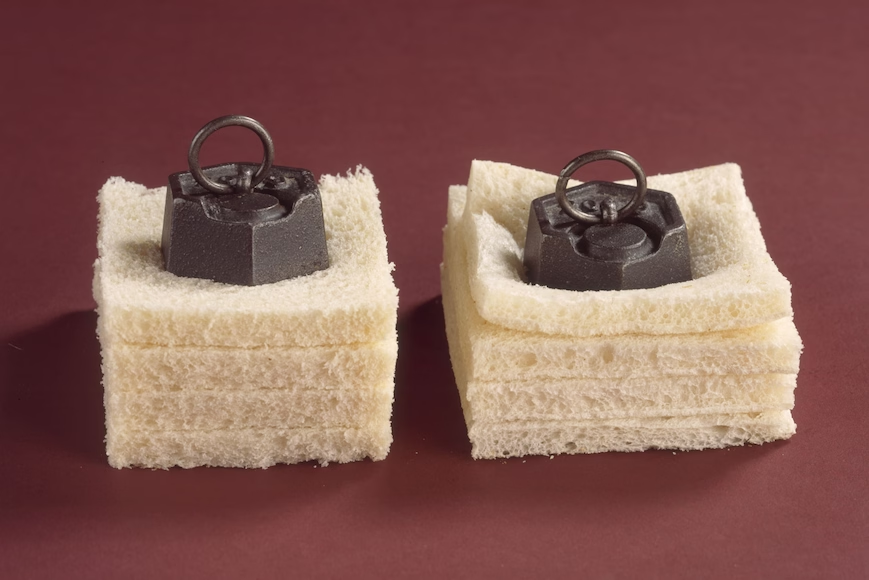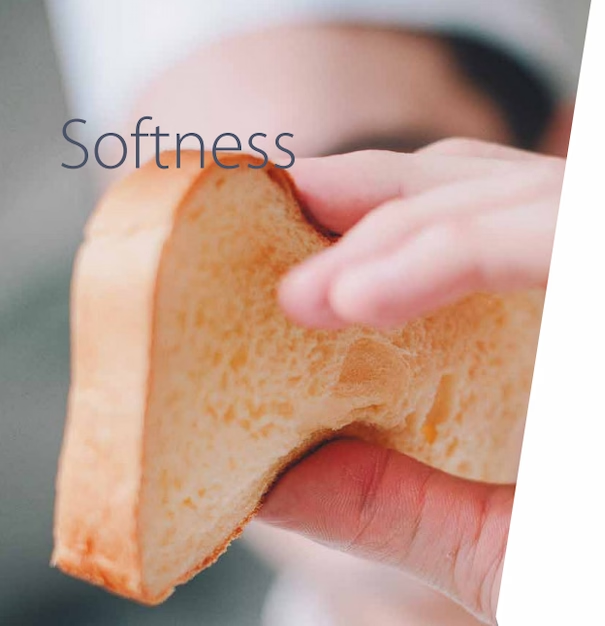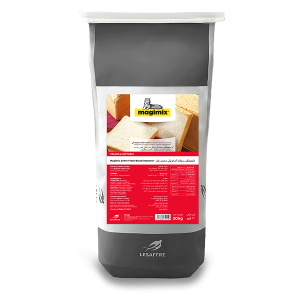Softness
Functionalities

Softness is a prized quality
For breads like loaves, brioche, and doughnuts, consumers crave that perfect balance—products that are not only tender but also have a melt-in-the-mouth texture that lingers on the palate.
Achieving this softness in bread comes from a delicate blend of qualities: suppleness, gumminess, tenderness, and elasticity. Together, these elements create different types of softness, each with its own singularity.
Characteristics
How to define Softness?
The softness of a product depends mainly on its moisture content and the structure of its crumb. These factors vary according to the ingredients used in the recipe and the manufacturing process.
Challenges
How to guarantee a product’s softness ?
The guarantee of a product’s softness is based on different factors relating to texture :


Solutions
Baking with Lesaffre provides support in perfecting the softness of your bread. Our solutions are designed to specify the ideal softness for each product category, analyse process parameters to achieve optimal softness.









